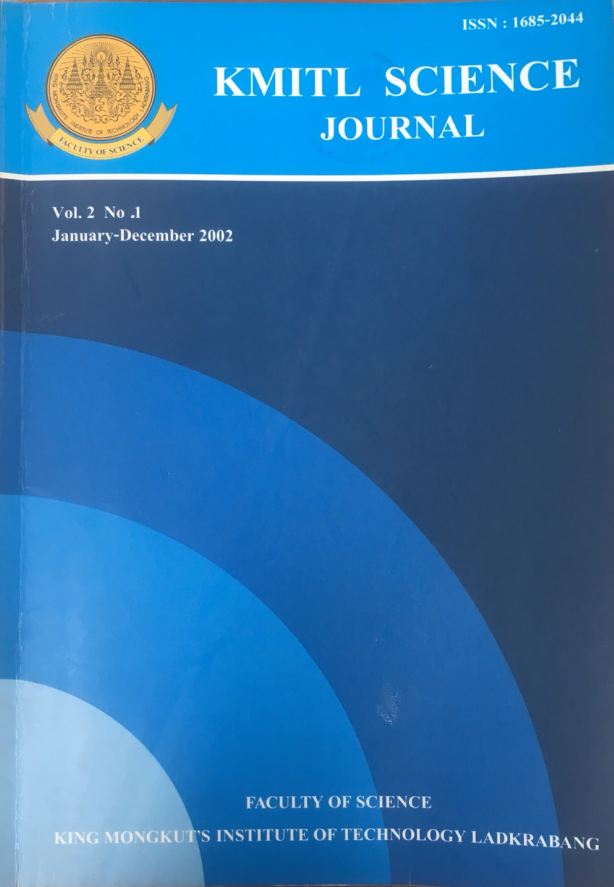In this study, Galleria mellonella nuclear polyhedrosis virus (GmNPV) was serially passaged 20 times in Spodoptera frugiperda cell line (Sf9). At each passage of virus production, some of the replication characteristics were analyzed including the percentage of infection, the production of polyhedral and extracellular virus (ECV) titers. Also the comparative bioassay was done to determine the virulence of the various isolates of GmNPV for the 2nd stage larvae of Plutella xylostella.
After 10 passges in cell culture, signicicant reductions in infection percentage and the polyhedra production were observed. In the 9th and 10th passages, the ECV production was increased significantly. The electron microscopic observation also showed the abnormality of polyhedral morphology at high frequency after 10 serial passages. The comparative bioassay revealed that the virulence of wild isolate (LC50=1.94x104 OBs/cm2) was highest when compared to the plaque-purified isolate (LC50=4.71x104 OBs/cm2), the 1st passage isolate (LC50=5.68x104 OBs/cm2), the 5th passage isolate (LC50=6.75x104 OBs/cm2), and the 10th passage isolate (LC50=6.89x104 OBs/cm2). The LT50 showed that all isolates killed larvae at similar rates (P.0.05) with the shortest incubation time in the wild isolate (4.8 days) followed by the 1st passage isolate (5.1 days), the 10th passage isolate (5.1 days), the plaque-purified isolate (5.4 days) and the 10th isolate (5.6 days), respectively.
Sornlake, W. ., Petcharawan, O. ., & Belloncik, S. . (2018). Virulence of Galleria mellonella Nuclear Polyhedrosis Virus to Diamondback Moth, Plutella xylostella (L.) After Serial Passage in Spodoptera frugiperda Cells Cultivated in vitro. CURRENT APPLIED SCIENCE AND TECHNOLOGY, 1-13.

https://cast.kmitl.ac.th/articles/140226